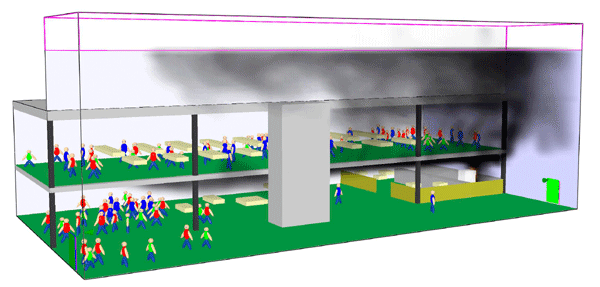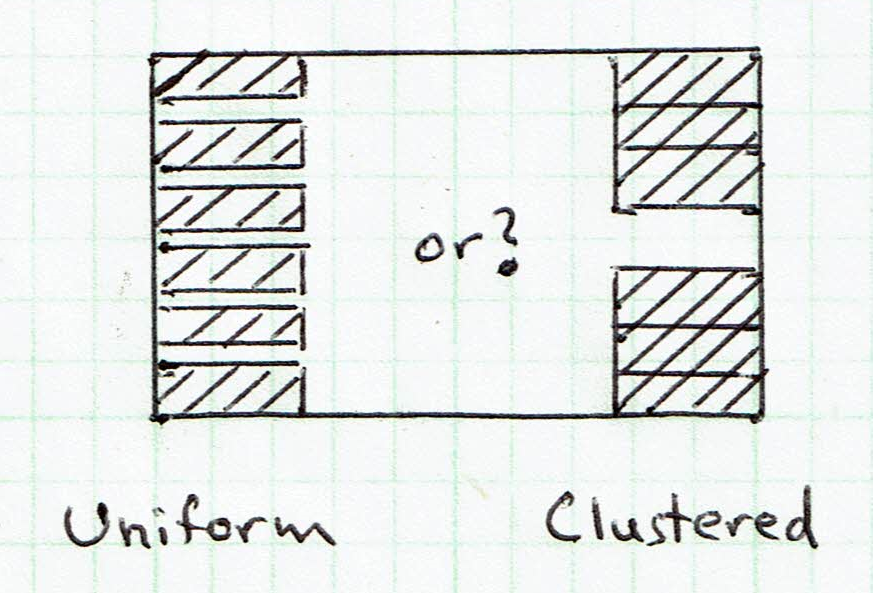

I remark that the fire scenarios successfully run weeks ago with the 6.7.5 version of FDS. WARNING: Maximum density, 2.663 kg/m3, clipped in mesh 3. The proposed framework contributes to building fire safety management by enabling to minimize both injuries/fatalities and property loss.I’m encountering an issue after I updated FDS from version 6.7.5 to 6.7.6.ĭifferent fire scenarios, very different from one another, return the following warning followed by a simulation crash due to numerical instability (the maximum velocity and pressure errors in the.

As a result, the simulation outputs can be used to optimize the building design and to investigate the influential factors on human evacuation efficiency.

An experimental implementation is conducted to validate the proposed framework, which verified the benefits of (1) using BIM to offer a platform for conducting simulation design and visualizing the simulation results of (a) hazardous fire zones and (b) effective escape routes (2) simulating fire growth using the FDS tool (3) developing an agent-based model that accounts for the critical factors affecting evacuation performance and (4) applying a statistical analysis for investigating the effects of influential parameters from the proposed model. This study aims to develop a BIM-based simulation framework that implements the Fire Dynamic Simulator (FDS) and agent-based modeling (ABM) for simulating fire growth and evacuation performance for different building layout scenarios. For this reason, computational tools tend to be the best approach for simulating fire growth as well as human response to fire hazards. However, it is not realistic, and is unethical to study human evacuation performance under a burning building. Effective evacuation planning in densely occupied buildings should be primarily put in place if both the number of injuries/fatalities and the level of property loss are to be minimized. fire statistics reveal that, in 2017 alone, 1,319,500 fires caused 3400 deaths and 14,670 injuries, which resulted in a loss of $23 billion. Fire hazards are a big threat to human life and property safety.


 0 kommentar(er)
0 kommentar(er)
